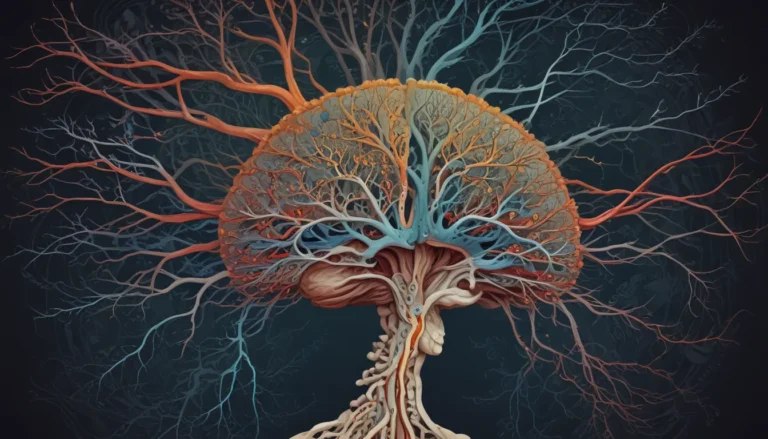A Note About Images: The images used in our articles are for illustration purposes only and may not exactly match the content. They are meant to engage readers, but the text should be relied upon for accurate information.
Ultraviolet (UV) light, a type of electromagnetic radiation, remains both captivating and influential across various facets of our world. As we embark on a journey through 15 intriguing facts about ultraviolet, we uncover the enigmatic properties, applications, and effects of this invisible yet impactful form of radiation.
Unveiling the Enigmatic Nature of Ultraviolet Radiation
Ultraviolet radiation, although invisible to the human eye, plays a significant role in both natural and human-made environments. Positioned between visible light and X-rays on the electromagnetic spectrum, UV radiation is categorized into three main types: UVA, UVB, and UVC.
Understanding the Categories of UV Radiation
- UVA: The longest wavelength of UV radiation that reaches the Earth’s surface.
- UVB: UV radiation that contributes to Vitamin D production in the skin.
- UVC: The shortest wavelength of UV radiation, mostly absorbed by the Earth’s atmosphere.
Balancing the Benefits and Risks of UV Exposure
UV radiation aids in the production of Vitamin D in the skin, essential for optimal bone health and immune function. However, overexposure to UV rays can lead to skin damage, premature aging, and an increased risk of skin cancer. Protective measures, such as sunscreen and sunglasses, are vital for mitigating these risks.
Embracing the Protective Role of the Ozone Layer
The ozone layer in the Earth’s atmosphere acts as a shield, absorbing harmful UV radiation and safeguarding life on Earth. Despite this protective barrier, precautions such as sunscreen and protective clothing are necessary to prevent skin damage from UV exposure.
Illuminating Applications of UV Radiation
UV radiation finds diverse applications across various fields, from sterilization and disinfection to industrial processes and healthcare. Its ability to sterilize air, water, and surfaces makes it a valuable tool in healthcare facilities and water treatment plants.
Fascinating Effects of UV Radiation on Living Organisms
Certain animals, such as bees, birds, and reindeer, have the remarkable ability to perceive ultraviolet light. This unique visual capability aids them in tasks such as finding nectar in flowers and navigating their environment.
Preserving Art and Culture with UV Radiation
In the realm of conservation, UV radiation proves invaluable for the examination and preservation of cultural artifacts. By revealing hidden details, aiding restoration assessments, and identifying materials in artworks, UV light plays a crucial role in conserving our cultural heritage.
Harnessing UV Radiation for Medical Applications
UV radiation is utilized in medicine for various purposes, including phototherapy for skin conditions such as psoriasis, eczema, and vitiligo. Controlled exposure to UV light can alleviate symptoms and promote healing in dermatological conditions.
Embracing the Enriching Journey Through Ultraviolet Radiation
By delving into the mysteries and implications of ultraviolet radiation, we gain a deeper appreciation for its significance in our daily lives. From its role in Vitamin D production to its applications in sterilization and cultural preservation, UV radiation continues to captivate and inspire us.
Conclusion
Ultraviolet radiation remains a captivating aspect of the electromagnetic spectrum, with profound implications across science, health, and culture. As we unravel the complexities of UV light and its diverse applications, we unlock a world of possibilities and discoveries. By embracing knowledge and understanding, we navigate the realms of ultraviolet radiation with curiosity and enlightenment.
FAQs
What are the different types of ultraviolet radiation?
Ultraviolet radiation is divided into three main categories based on wavelength: UVA, UVB, and UVC. Each type has distinct properties and impacts on the environment and living organisms.
How does ultraviolet radiation affect the human body?
Excessive exposure to UV radiation can lead to skin damage, premature aging, and an increased risk of skin cancer. Proper protection, such as sunscreen and protective clothing, is essential for minimizing these risks.
Embrace the enlightening journey through the ultraviolet spectrum, exploring its mysteries and applications in science, health, and everyday life. Join us in unlocking the secrets of UV radiation and expanding your knowledge of this fascinating form of electromagnetic energy.






